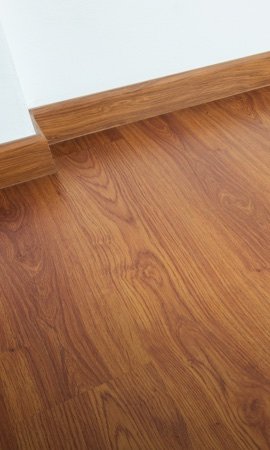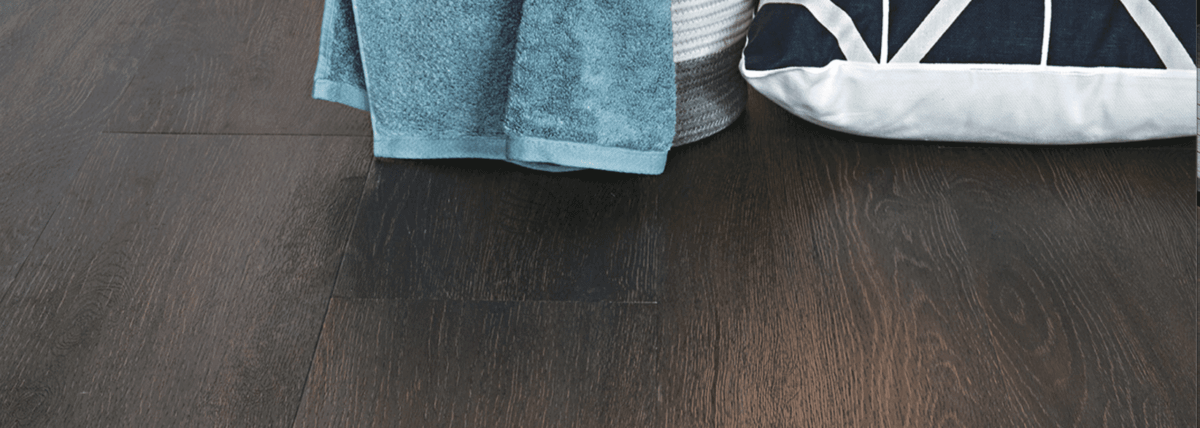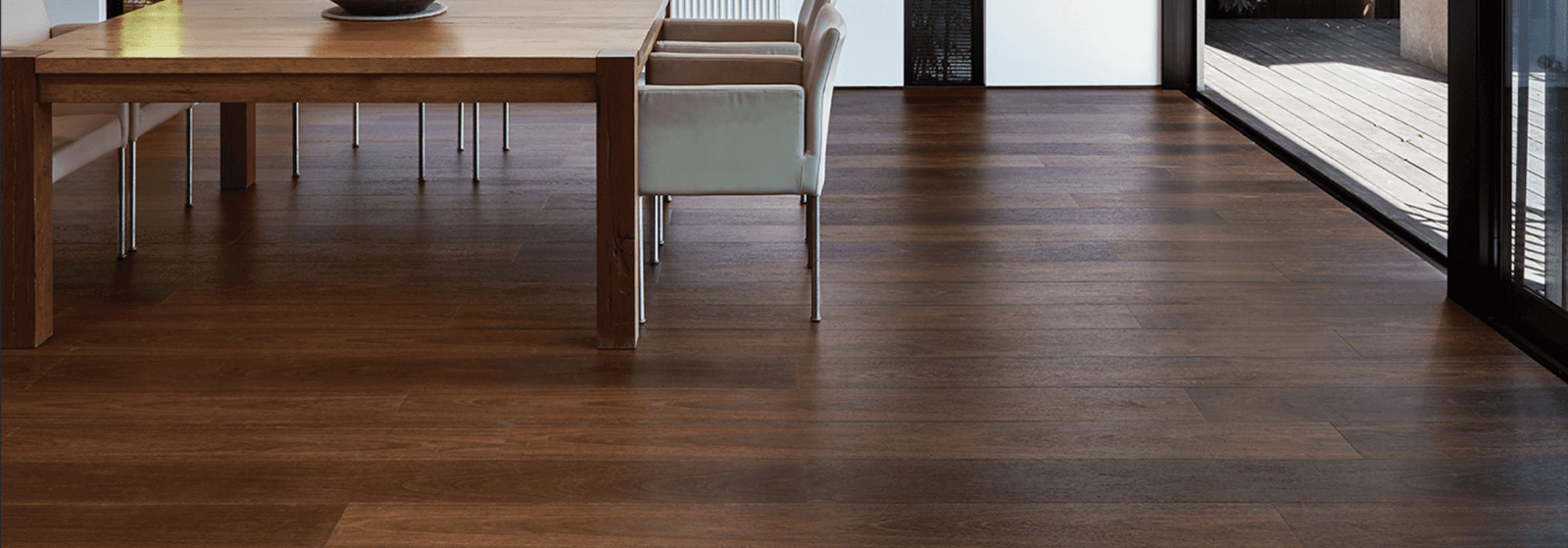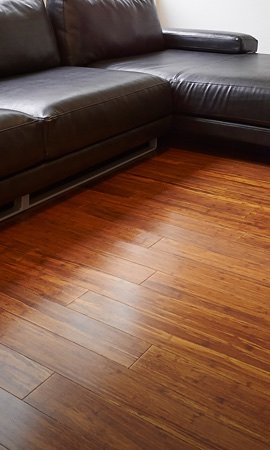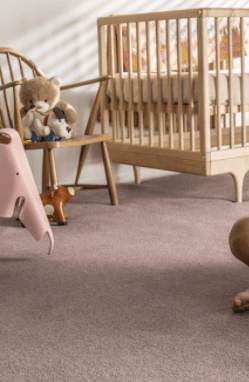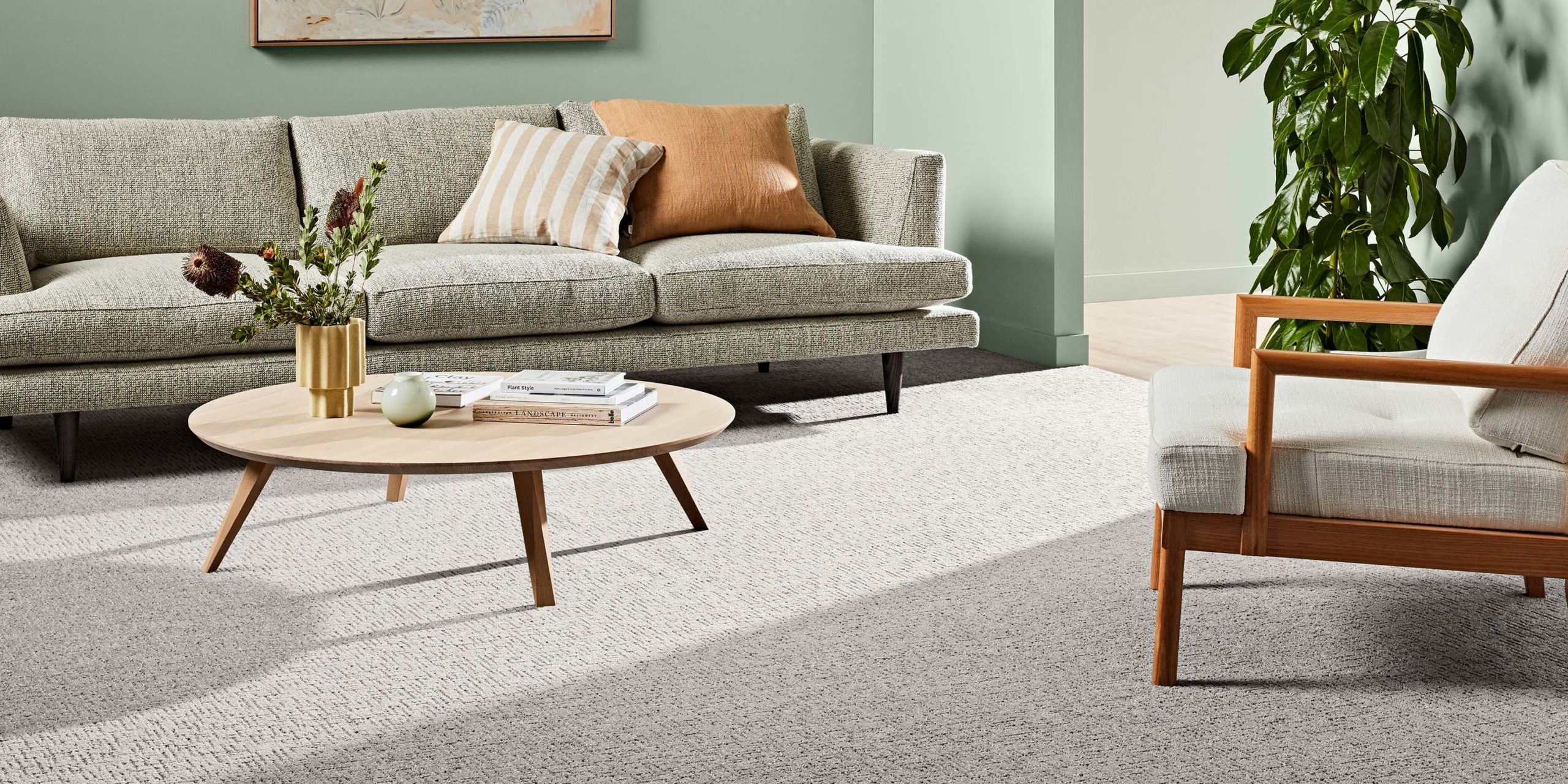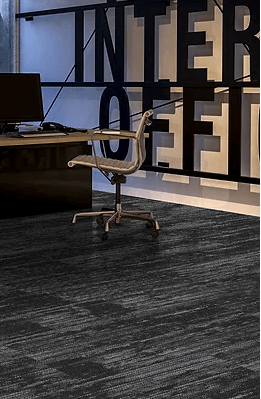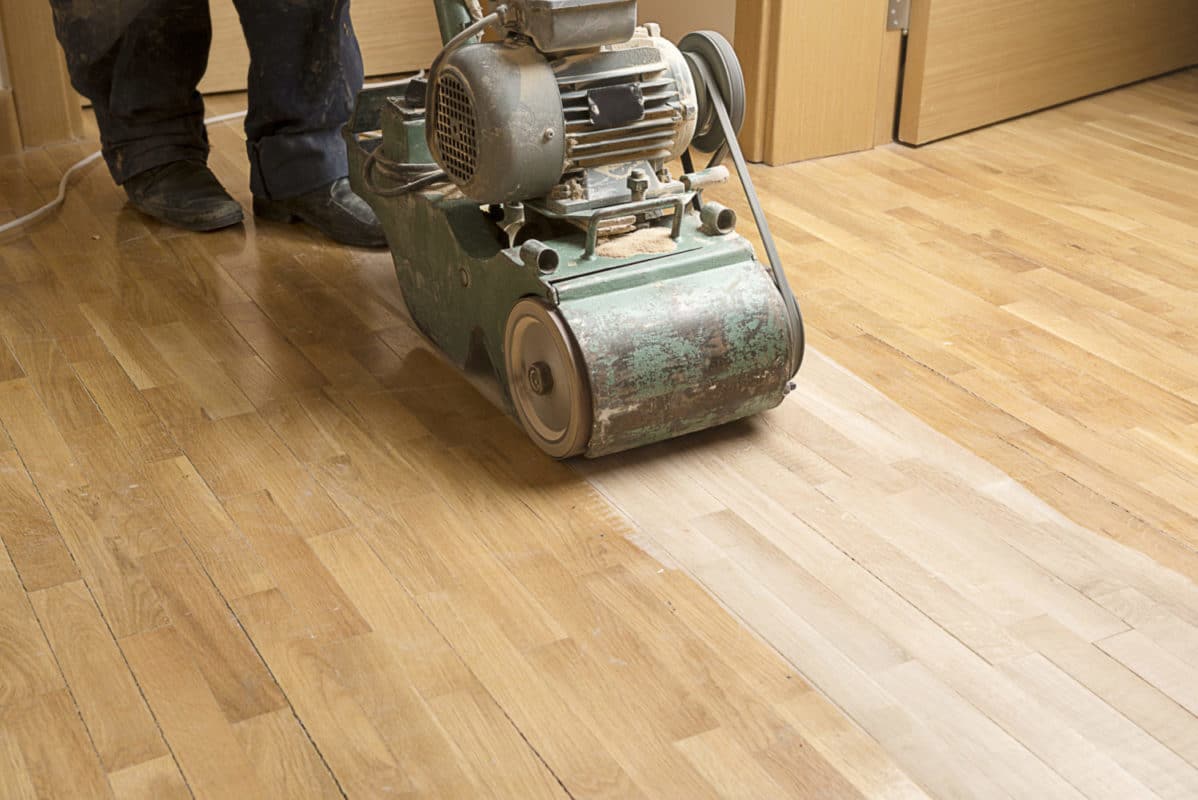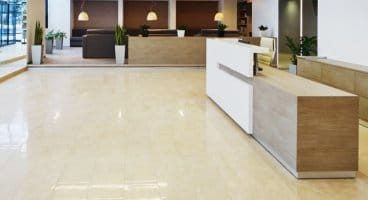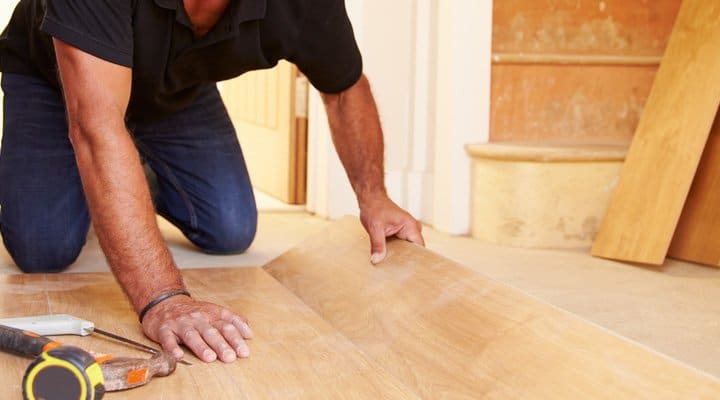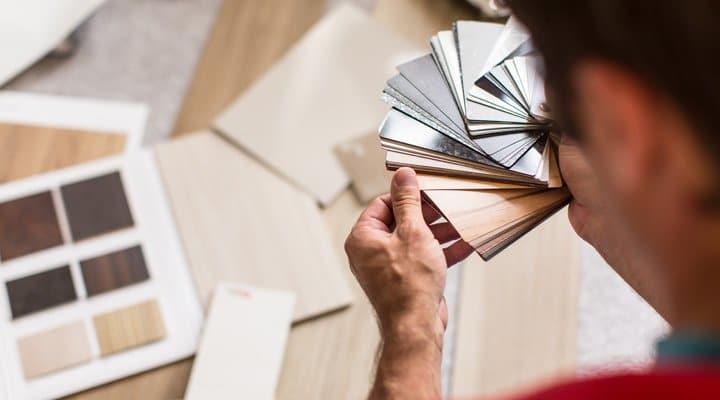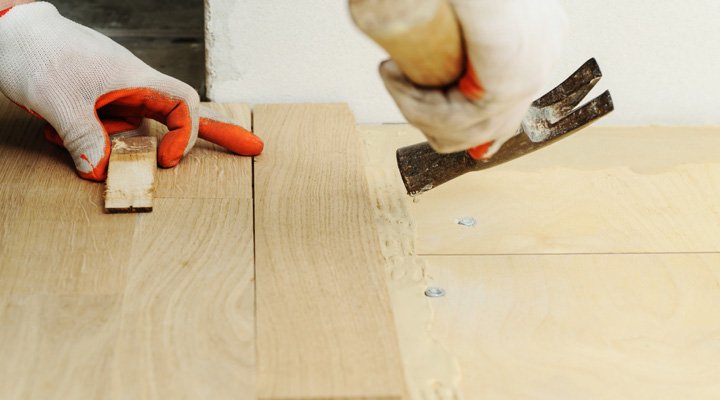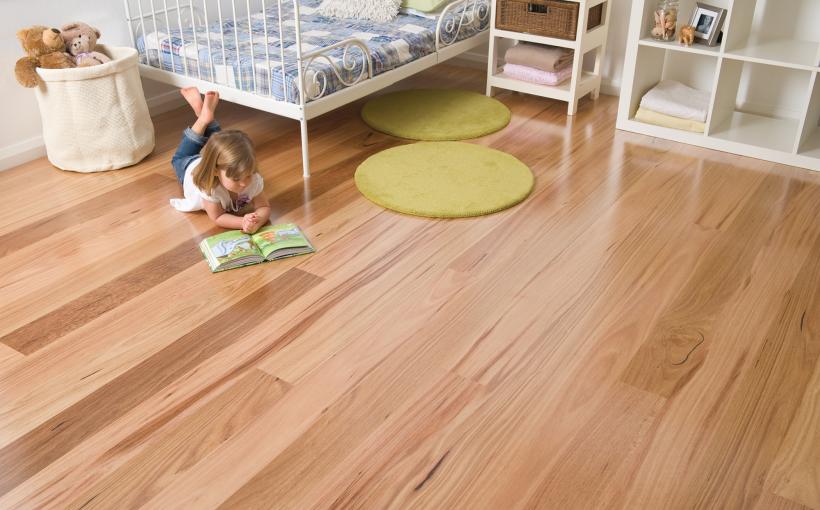

14 Aug Looking for Blackbutt Timber Flooring?
(Image courtesy of Boral)
A native Australian flooring solution, blackbutt (Eucalyptus pilularis) is a hardy and versatile timber that’s primarily grown in the coastal forests of New South Wales and southern Queensland.
Blackbutt trees can grow up to 50 metres, and can grow for more than 200 years! They have slender trunks that feature some unique bark – rough on the bottom half, but smooth and white on the top half. A food source for koalas, these trees have dark green leaves, and blossom with white flowers in spring and summer.
As timber products, blackbutt continues to be a beautiful and stylish choice – in fact, our very own Parliament House in Canberra uses this timber species for its floors! In this article, we’ll explore the flooring characteristics of this timber species, and the ways that you can get its beauty in your very own home.
What is Blackbutt flooring?
Blackbutt is a hardwood that grows quickly and regenerates easily, making it a sustainable option that’s widely available across Australia.
In timber flooring, blackbutt is popular because of its high strength and durability. Blackbutt sports the highest Class 1 durability rating, which means that it can resist decay and pests for over 50 years above ground (whether indoors or outdoors), and over 25 years when laid into the ground.
Additionally, blackbutt has a Janka dry hardness of 9.1 kN, which is on par with other Australian hardwoods like spotted gum and Sydney blue gum. Essentially, these floors are hard enough to resist the impacts and scratches of everyday life, whilst requiring relatively little maintenance.
Blackbutt floors have a very high density – 900 kg / m3 – allowing it to naturally have high termite and fire resistance. In fact, this is where blackbutt gets its name, as the base (buttress, or butt) of the tree would turn black as a result of bushfires.
Because it can stand up to tough climatic conditions, blackbutt is a versatile timber for your floor – it can easily be stained, painted, or polished to meet your design. It’s even suitable for outdoor decking too!
What colour is Blackbutt timber?
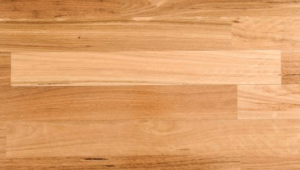

Blackbutt timber generally has an even colour and straight grain, with tones ranging from a golden, honey-like yellow to pale, creamy brown.
However, as a natural Australian-grown species, it’s important to note that these colours do vary between hardwood flooring products.
For example, heartwood – timber from the tree’s centre – usually has warmer hues, and can occasionally have tinges of pink. Meanwhile, sapwood – timber from the outer part of the tree – is paler, and commonly has small gum veins (which is a natural variation caused by the buildup of sap in the tree).
Another distinction is whether the timber was grown in the wild or in a plantation. Products from a plantation generally have less colour variation, so it’s important to know what kind of look you’re going for in your hardwood flooring.
What are your Blackbutt flooring options?
Solid Blackbutt Timber Flooring
Solid timber is the real deal, using planks of real wood that are processed into flat and robust floorboards. Read more about it here.
This hardwood flooring option is the most expensive, but gives you a durable and hard-wearing floor that can last for generations. This is because solid timber can be re-sanded multiple times after it starts to look tired, giving you a fresh, new surface for years to come.
Check out your Solid Blackbutt Timber Flooring options here.
Engineered Blackbutt Timber Flooring
Engineered blackbutt flooring is a newer option if you’re still looking to get the durability and looks of real timber. It employs a multi-layered construction, with a thin surface of timber that is bonded to a thick plywood base. Although you’re still looking at real wood on top, blackbutt engineered flooring is more affordable and more stable to climatic changes compared to solid timber.
If you’d like to learn more about solid and engineered timber and how they compare, we have a comprehensive guide on it here.
Blackbutt Laminate Flooring
Laminate floors aren’t real hardwood flooring, but use a ‘print layer’ instead – essentially printing a photo of the timber, and sandwiching it between a protective top coat and HDF substrate to give a stylish and cheap floor.
There’s a wide range of manufacturers that supply blackbutt laminate in a range of thicknesses and widths, with some high-quality brands being Luxflor, Oakleaf, and Evolution. In particular, Luxflor’s Hugo Blackbutt is a premium wide-board blackbutt floor, featuring unparalleled AC4 durability for homes, offices, and even industrial environments. Want to see what they look like? Check out FloorVenue’s laminate range here.
Blackbutt Hybrid Flooring
Hybrid floors are essentially a modified and improved version of laminate flooring, but use PVC (vinyl) in addition to HDF. This allows hybrid floors to be 100% waterproof, making them great for high-moisture areas like the kitchen and laundry. They still have the same benefits and drawbacks of laminate floors, though.
Some of the name brand hybrid blackbutt floors that you can expect to find in Australia include Marvel, ResiPlank and Aspire – take a look at them here.
How do you install Blackbutt Flooring?
You install Blackbutt flooring in the same way as you’d install any other floor! Depending on the products and brands that you’ve chosen above, there are two primary ways that you can install these timber floors.
1) Installing Solid Blackbutt Timber Flooring
Solid timber flooring can be installed directly onto the joists and bearers of your home, or actually stuck down to your existing floor. This is more expensive and time-consuming because it requires glue or nails, but does result in hardwood floors that feel and sound more solid.
Solid timber floors can come in ‘raw’ form, which means that you’ll need to sand and finish your floor after it’s been installed. Otherwise, you could opt for ‘prefinished’ floorboards, which simplify installation because the surfacing process has already been done in the factory.
(All of the other flooring types come in ‘prefinished’ form only.)
2) Installing Floating Blackbutt Flooring
Engineered, laminate, and hybrid floors can be installed as a floating floor, which is where floorboards are laid above your existing floor. This option is convenient and more affordable, but depends on factors like your current flooring type and whether your floor is flat enough.

